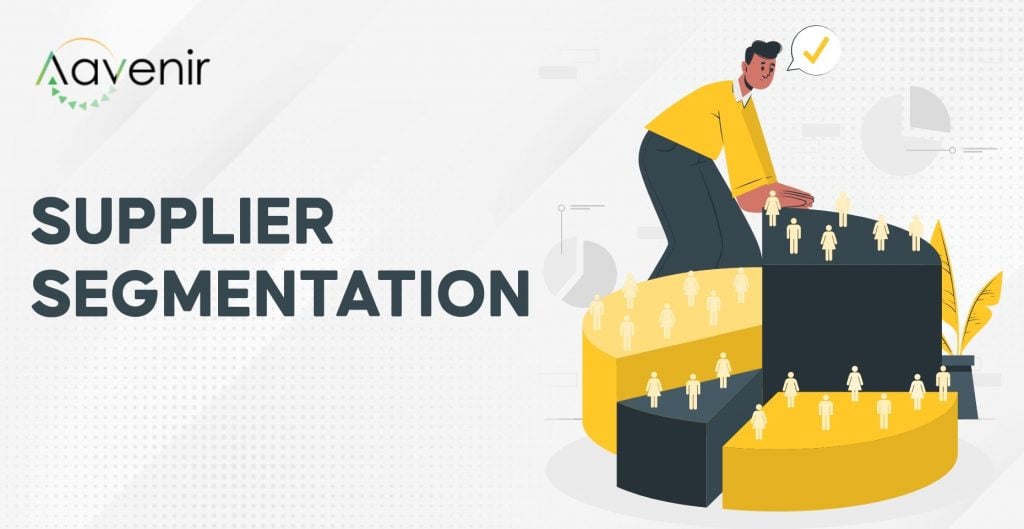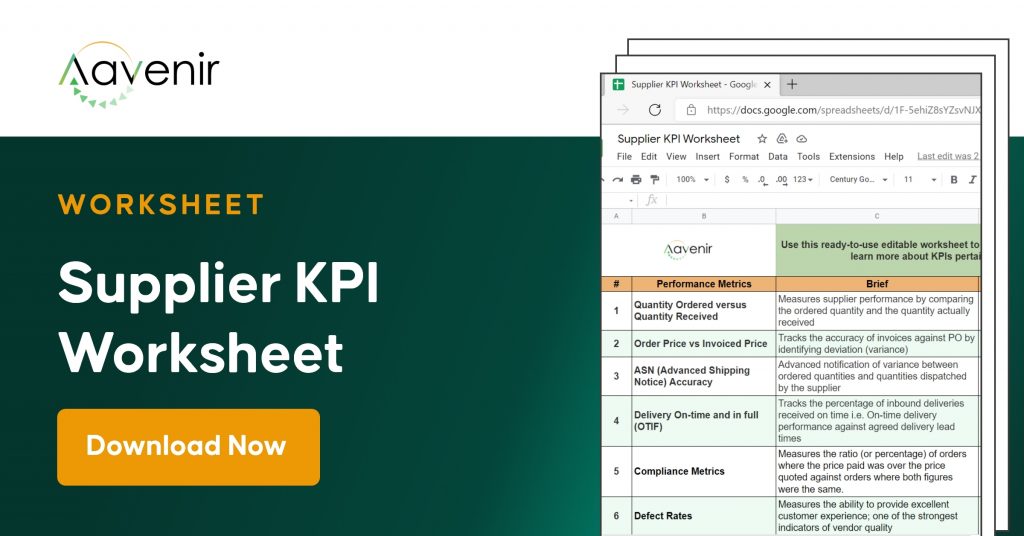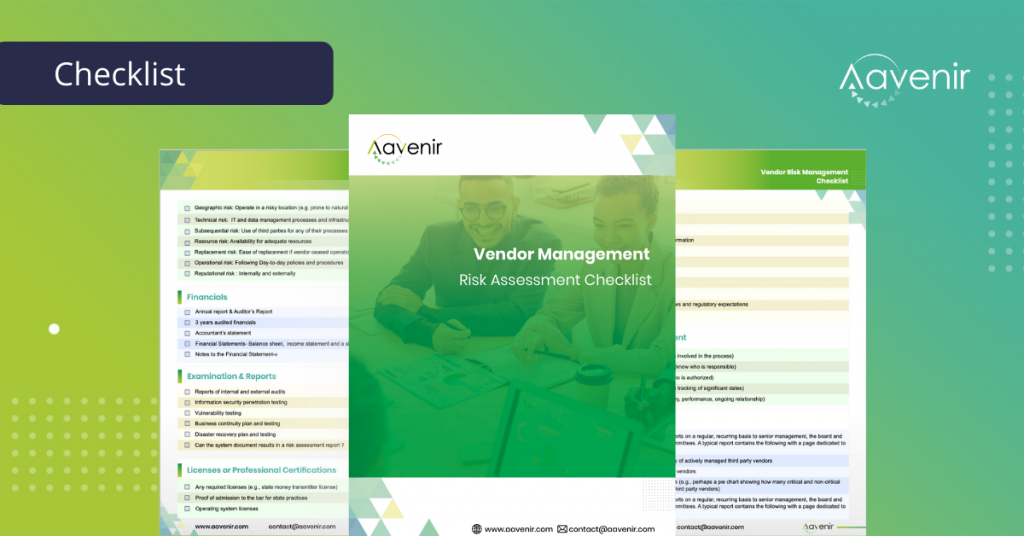What is Supplier Segmentation?- Definition
Supplier segmentation is the process of categorizing suppliers into various categories in order to allocate limited resources to manage them efficiently. It’s a vital component of supplier relationship management (SRM) strategy.

Why is Supplier Segmentation Necessary?
Companies need to form long-term relationships with their strategic suppliers to get the best value. For example, strategic or critical suppliers to your business require a higher level of engagement and attention than others. You can determine the type and degree of attention needed by segregating your suppliers into subgroups based on particular criteria, such as spend level or criticality. It is impractical to monitor or collaborate with all suppliers closely. However, there must be a balance between the amount of time spent monitoring suppliers and the benefit that will be realized.
Factors that Influence Supplier Segmentation
Your approach is influenced by the industry you work in and the type of business you run. Take into account the following:
- The entire amount of money spent each year and the amount of money that will be spent in the future
- The complexity of the acquired service or goods
- The value that a supplier adds to a company, such as innovation or constant improvement.
- Whether the supplier is present worldwide or regionally, how many business units purchase from your supplier?
- Total number of active suppliers in the database
- Risks associated with suppliers, such as non-delivery and financial strain
The fundamental goal of supplier segmentation is to determine where you should concentrate your efforts in order to maximize the value of your supplier relationships. There is no one-size-fits-all solution to supplier segmentation; choose what works best for you.
Best Practices in Supplier Segmentation
- Use the 80/20 rule to your advantage, concentrate on the top 80% of spending, which often equals 20% of the supplier database.
- When segmenting major suppliers, consider both subjective and objective input. This includes taking into account quality, responsiveness, delivery performance, and total spending.
- Distribute the selected segmentation model to internal users to address all touchpoints with a supplier model. This ensures constant message and fosters more robust relationships.
- Communicate to your major suppliers about innovation and continual improvement. Relationship building has monetary benefits – it should be mutually beneficial.
Explore Additional Resources To Know More





